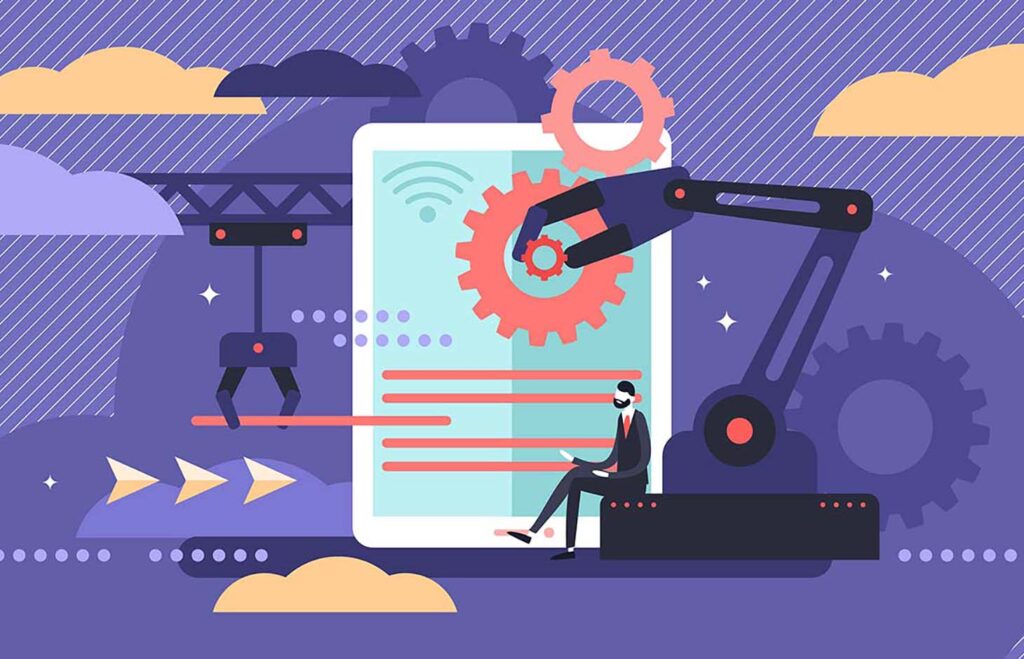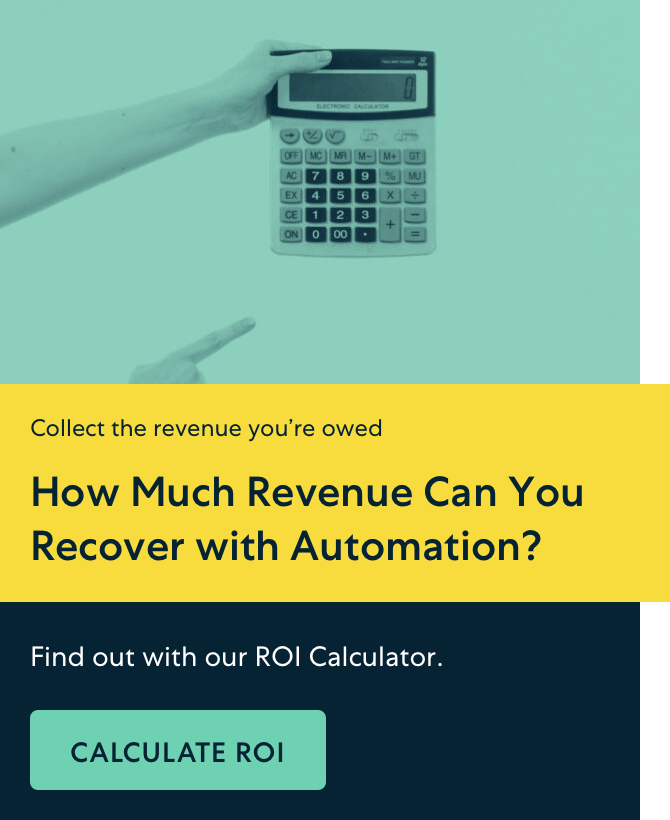You’ve just finished lunch when you get a call from Sara over in customer success. There’s been an interesting development. The team over at YourBiggestCustomer Inc. is requesting a custom feature, and it sounds like they’re even willing to pay for it.
Sara’s excited. You? Well, you know the situation is a liiittle more complicated than it sounds.
SaaS businesses everywhere get these requests from time to time. On the surface, they can sound enticing. An opportunity to accelerate development with funding and deepen a relationship with a big client. Who wouldn’t want that?
Some customers will even try to build these kinds of requests into their contracts before ever signing on.
There are good things that can come from building custom features and functionality, so long as these features truly align with your ideal customer profile (ICP) and overall product roadmap.
But when should you say yes and when might it be best to leave an offer in the table?
Start-up: Getting custom before you truly know your market
SaaS businesses operating at $1 million ARR or less are likely eager to please when a customer—or potential customer—expresses the need for a custom feature or functionality. The chance to essentially receive funding for product development can be tempting, but is it the right move at this stage?
SaaS businesses in their early growth phase are typically still trying to narrow in on their product-market fit.
So while building a custom feature may create value that solidifies your relationship with one customer, it could be at the expense of building your product out for where your demand truly lies.
A few things to consider.
- The customer’s game to pay for development. But can they help you recuperate lost time? Many businesses in this ARR bracket are still operating with small development teams. This means custom feature requests could be very distracting and even growth-inhibiting.
- Businesses with under $1 million ARR likely haven’t had the opportunity to fully develop their roadmap yet. By dedicating resources to custom feature development without truly understanding your vision, you run the risk of venturing off course.
Between $1-5M ARR: Sell what you have, not what you don’t
Once you get to the point of having ARR between $1-5 million, it’s safe to say your business is in a rapid growth phase. You’re looking to build your customer base as quickly as possible.
It’s estimated that a SaaS company generating $5 million or less in recurring revenue needs to grow at a rate of nearly 70% just to stay in the top one-fourth of their industry.
Even still, it’s best to tread lightly when it comes to contemplating custom features. While they can lead to new growth if there’s a wider appeal, it probably isn’t the lowest-risk way to attain it.
Instead of taking on lengthy custom development projects to bring in and retain customers, businesses in this ARR bracket should focus on customers that are a best fit for the product they already have.
That’s not to say there aren’t any situations at this stage where it’s a good idea to consider custom features. If the requested feature has value, compliments your product roadmap, and benefits your broader customer roster, it may be worth pursuing.
But keep in mind, adding even small features can be a bigger commitment than many realize. When considering custom development work at any stage in the game, it’s important to consider the following.
- Upfront development costs: Most non-developers greatly underestimate the time it takes to design, develop, test and deploy new software. With costs around $150/hour, you can rack up some big numbers pretty quickly.
As Uberflip’s Yoav Schwartz puts it: “When you add a feature, you have to consider how it impacts every other portion of your offering. So inevitably, adding a seemingly small feature takes longer for you than it would for a custom shop starting from scratch.” - The cost of software ownership: The costs don’t stop once the feature has been created. Resources—both financial and human—need to be dedicated to operating, enhancing, troubleshooting, and eventually retiring software.
- Opportunity cost: Businesses must decide where their limited development resources need to be allocated. Should they focus on their core competencies or spread themselves out into developing features to support custom business processes?
Between $5-10M+ ARR: Build strategically
SaaS businesses with an ARR of between $5-10 million and beyond are potentially better positioned to capitalize from custom feature development. However, even well-established businesses run a risk when they begin fielding these kinds of requests.
For the effort to truly be worthwhile, several key factors must come together.
- Product roadmap: How closely does the request align with your own future vision? If you already intended to roll out the requested feature or functionality (or at least something similar) in the next 24 months, it may well be worthwhile to speed up development—especially if you have the benefit of funding.
“Being paid to build something that could change the game (because other, big customers will want it, too) is a gift,” according to Jason Lemkins on his SaaStr blog. “If one big company wants it AND you already had been thinking about building it, if it’s really already on the roadmap, at least somewhere … then, it’s not an anomaly. It’s the future.”
On the other hand, if this request would be a significant diversion from your product roadmap, it probably won’t be worth it in the long run. - ICP: Next, just how custom is this feature? Software development shops have the flexibility to build anything for a customer with the time and money to order it. The story is very different for SaaS businesses. Your product grows in complexity with each feature you build. Requests that venture too far from the wants of your ICP may make your product less desirable to your broader base. So make sure any feature developments you move forward with are something more of your best-fit customers will want to use too.
- Funding: Finally, funding. Is the customer really willing to foot the bill for their request? If not, it’s probably not worth doing. While it may be tempting to solidify your relationship with a client by fielding their requests even without funding, there’s no guarantee the effort will be rewarded. Why? Besides the two aforementioned concerns, there’s also the very real possibility the customer will never use the feature they requested.
Customers often understand what they’d like their tech to achieve. Questions of how to achieve that are another matter. In the time it takes to develop a requested feature, the original customer may well have changed their goals or discovered ways to achieve them with an already existing feature.
And of course, even if all these factors come together, the situation can still be delicate.
It’s a case-by-case decision
There’s no one right answer when it comes to custom feature-functionality requests. And thanks to the number of variables involved, your SaaS business’s attitude toward the possibility could—and probably will—change frequently.
In all cases, custom feature requests can serve as a source of valuable feedback. Even when you have to decline, it’s still worth documenting what customers hope to see in your product.
There may come a time when you’re positioned to implement the requests. Even if custom development never feels like the right path, requests can always be used as a tool to help measure your product against the expectations of your ideal customers.







